Wheels and Tyre Guide
Buying a new set of tyres?
We have all had to change a tyre or two in the past, or maybe had someone do it for us. The fact is all tyres wear out at some point and even the best of brands. Most drivers purchase tyres without taking the time to think about the different characteristics unique to each type of tyre; the effect they have on their vehicle and how it suits their driving habits.
The tyres you choose today are a crucial factor in the quality of your overall driving experience and you will most probably have to live with your choice for several years. Whatever type of vehicle you drive, tyres make a big difference in how your vehicle feels, and how it handles. Tyres affect your braking, your comfort, even your fuel economy. Purchasing tyres is a costly exercise therefore it's a decision that should not be made without doing some homework and we have a few guidelines to make your wheels and tyre purchase easier.
How to read your tyre sidewall markings
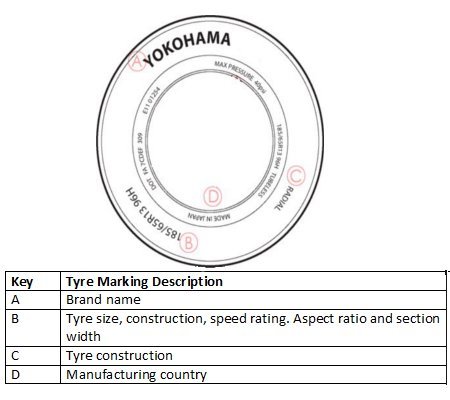
You might also find the following imprinted in the rubber tyre marking:
The temperature rating - an indicator of how well the tyre withstands heat buildup. "A" is the highest rating; "C" is the lowest.
The traction rating - an indicator of how well the tyre grips onto the road and how capable it is of stopping on a wet surface. "AA" is the highest rating; "C" is the lowest.
Tyre size notations


All tyres are rated with a speed letter. This indicates the maximum speed that the tyre can sustain for a ten minute period without coming to shreds and destroying itself, then your car and may be even the vehicle next to you. See the table below to find out what speeds your tyres can withstand.
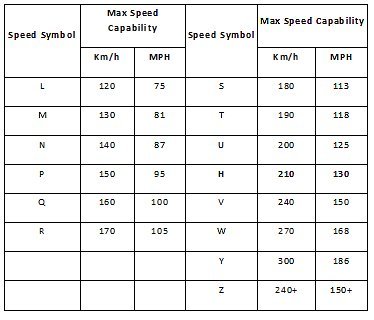
Load Index
As mentioned above, the load index on a tyre is a numerical code associated with the maximum load the tyre can carry. These are generally valid for speeds up to 210km/hr (130mph). Once you get above these speeds, the load-carrying capacity of the tyre decreases and you're in highly technical territory which can be discussed another day.
On the table below you will notice that the left column shows the load index (LI) and the right column shows the Kilograms (kg) each tyre can manage. For example, if your car weighs in at 1800 kgs or 1.8 tons then we would assume an even weight on each tyre of 450 kgs (1800/4). Looking at the table we see the load index is 80.
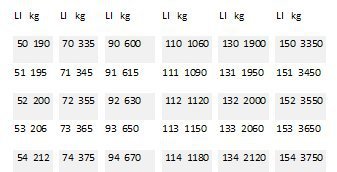
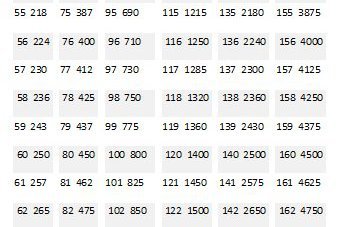
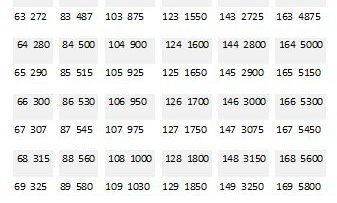
So just to re-cap, here is an example of a tyre you could buy and what the markings mean:
Michelin 225/45 YR17. What this means is that the tyre has a width of 225mm, a section height of 101.25mm (45% x 225), 17 inch rim and can sustain speeds of up to 300km/hr. Of course you'll need the fast car to go with the tyres that reach this speed!
Take a look at the assortment of wheels and tyres for sale on Bob Shop.
Get your vehicle part requirements taken care of in the Bob Shop Car Parts and Accessories category where you can buy a variety of spares and accessories for your car. You are welcome to join our Cars and Car Parts forum to discuss topics related to cars and parts with other buyers and sellers on Bob Shop.